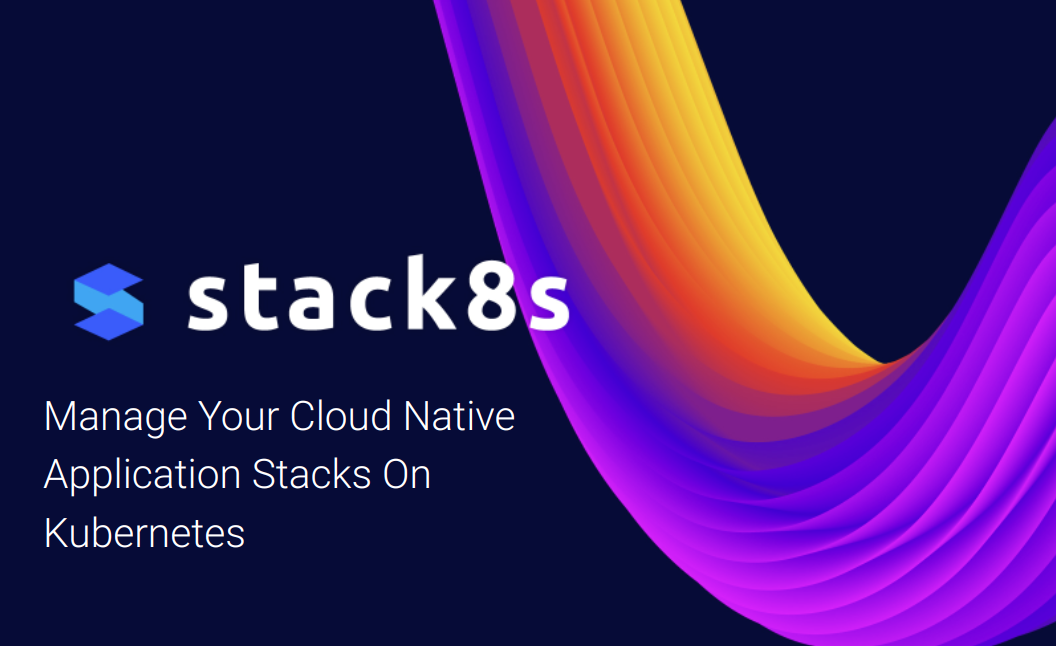When diving into the world of machine learning (ML) operations (MLOps), two names frequently come to the forefront: Kubeflow and MLflow. Both tools provide platforms to streamline ML processes, but each has its own set of strengths, differences, and best-use scenarios. In this blog post, we'll explore the benefits of both Kubeflow and MLflow, their key differences, and various use cases to better understand their roles in the ML landscape.
Kubeflow: A Deep Dive into its Benefits
Kubeflow, born from Google's Kubernetes, is designed to make deployments of machine learning workflows on Kubernetes simple, portable, and scalable. Here are some of its core benefits:
- End-to-End ML Pipelines: Kubeflow allows data scientists and engineers to build complete ML pipelines that include data preprocessing, model training, and model deployment.
- Platform Agnostic: Being built on top of Kubernetes, Kubeflow is platform-agnostic and can be deployed on any cloud provider or even on-premises infrastructures that support Kubernetes.
- Scalability: Utilizing Kubernetes’ native capabilities, Kubeflow can scale resources up or down based on the demand, ensuring efficient resource usage.
- Component Flexibility: Kubeflow comes with a suite of tools but also offers the flexibility to swap out any tool in its ecosystem to better fit the user's needs.
MLflow: Highlighting its Benefits
MLflow, initiated by Databricks, provides a platform to manage the end-to-end ML lifecycle. Here's why it's celebrated:
- Experiment Tracking: MLflow lets you track experiments, logging metrics, and parameters so that results can be compared and reproduced.
- Model Packaging: Package ML code in a reusable and reproducible way using MLflow Projects.
- Model Serving: Quickly deploy ML models in multiple environments using MLflow Models.
- Platform Integration: MLflow integrates seamlessly with popular ML frameworks like TensorFlow, Scikit-learn, and PyTorch, making it versatile for various tasks.
Key Differences Between Kubeflow and MLflow
Core Focus:
- Kubeflow: Primarily focuses on orchestrating complex ML workflows on Kubernetes.
- MLflow: Focuses on tracking experiments, packaging, and sharing ML models.
Infrastructure Dependency:
- Kubeflow: Relies on Kubernetes.
- MLflow: Doesn’t have a strict infrastructure requirement and can be used on any platform.
Component Ecosystem:
- Kubeflow: Provides a broader set of components for complete ML pipelines, including Katib for hyperparameter tuning and KFServing for model serving.
- MLflow: Primarily offers tools for experiment tracking, model packaging, and deployment.
Use Cases for Kubeflow and MLflow
Kubeflow:
- Hybrid Cloud Deployments: For organizations that have a hybrid cloud strategy, Kubeflow ensures smooth deployment of ML workflows across different environments.
- Large-Scale ML Workflows: When ML workflows span multiple stages and require resource orchestration, Kubeflow’s pipeline approach becomes invaluable.
MLflow:
- Rapid Experimentation: For teams that need to run and track numerous ML experiments, MLflow’s tracking system is a boon.
- Sharing and Deployment: If the goal is to package ML models and share them across teams or deploy them to production, MLflow makes this process streamlined.
Synergizing Kubeflow and MLflow
While each tool can operate independently, combining them can bring about a robust MLOps environment:
- Unified Workflow: Use Kubeflow to create ML pipelines and orchestrate the workflow on Kubernetes, while utilizing MLflow to track experiments within each stage of the pipeline.
- Optimized Resource Management: By deploying MLflow tracking servers on Kubernetes using Kubeflow, one can efficiently manage resources, ensuring that tracking servers scale based on the load.

| stack8s | MLflow | Kubeflow | |
|---|---|---|---|
| Type | Managed | Open-source | Open-source |
| Setup time | Hours | Days to weeks | Weeks to months |
| Maintenance | None | Required | |
| Support | Chat, calls & online | Online resources | Online resources |
| resources |
Conclusion
Both Kubeflow and MLflow offer unique strengths in the domain of MLOps. While Kubeflow shines in orchestrating ML workflows on Kubernetes, MLflow stands out for its tracking and model management capabilities. Recognizing the benefits of each and understanding where they can complement one another can lead to an optimized and efficient machine learning production environment. As the world of MLOps evolves, tools like these will undoubtedly play pivotal roles in shaping the future of machine learning deployments and management.